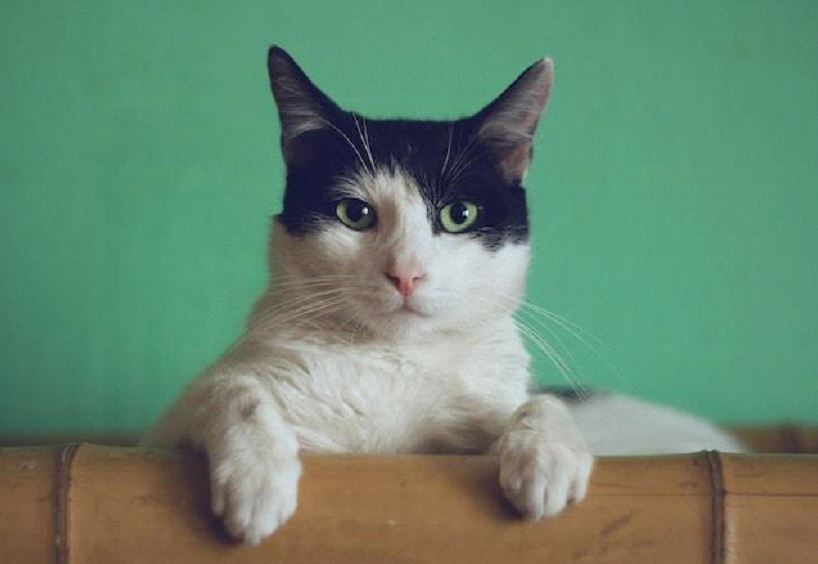6 Cat Fun Facts You May Find Surprising

Cats are interesting animals that have fascinated people for a long time because of their elegance, independence, and enigmatic habits. Although most people are aware of certain fundamental cat facts, a few less well-known entertaining facts may surprise you.
This article will look at six fascinating and unexpected cat facts to help you learn more about them and appreciate them even more.
Cats Have Whiskers Everywhere, Even on Their Legs!
Cats have amazing whiskers, often called vibrissae, that reach beyond their faces. Cats have whiskers on their bodies and noticeable ones on their faces and above their eyes. Despite being shorter compared to those on their faces, the whiskers on their legs are an important part of their entire sensory system.
Specialized hairs known as whiskers are densely packed with nerve endings firmly entrenched in a cat’s skin. They are highly sensitive and give cats a useful tool to find their way about and find prey.
Cats Poop In a Proper Hygienic Manner
Cats poop in a proper hygienic manner. They have distinct excreting preferences, and a proper environment is critical for their health and well-being. The size of the litter box is a significant factor in cat feces or digestion.
To satisfy their natural tendencies and foster good elimination habits, a large cat litter box is a must for all. When using the litter box, cats have an intrinsic desire for privacy and space. They may roam freely, dig, and bury their waste in a spacious litter box without feeling constrained or limited. This is especially crucial for bigger cat breeds or cats that prefer to eliminate in varied postures.
Cats Can Rotate Their Ears Independently
Cats’ unique ability to spin their ears independently is one of their most interesting characteristics. Unlike humans and many other animals, cats can move each ear independently, allowing them to perceive noises from many directions simultaneously.
This extraordinary ability is due to their extremely developed ear muscles and the mobility of their ear components. The ability of cats to adjust their ears independently adds greatly to their excellent hearing abilities. Their ears are highly tuned musical instruments capable of picking up even the most minute noises.
Thanks to their extraordinary aural understanding, they can detect exactly the cause of a sound, whether it’s the rustle of prey in the underbrush or the quietest footfall approaching.
Cats Spend a Significant Portion of Their Lives Sleeping
If you’ve ever seen a cat napping or relaxing for a prolonged period, you might assume cats are just lazy animals. But cats are fond of sleeping; it’s just part of who they are. Cats often sleep for 12 to 16 hours per day! As a result of their evolutionary adaptation as nocturnal predators, they now sleep for longer periods.
Due to their crepuscular nature, cats are most energetic during dawn and twilight. Their bodies are made to preserve energy throughout the day and be prepared for hunting during closing hours, and they have kept their ancestors’ natural hunting instincts.
Cats Have an Amazing Sense of Balance
Cats’ amazing sense of balance is one of their most outstanding characteristics. Cats are noted for their great agility and beautiful movements, which allow them to negotiate varied terrains easily. Several features contribute to their amazing sense of balance, including their bendable spines, highly developed hearing structures, and specific muscles and joints.
Cats’ spines are flexible, allowing them to twist and bend their bodies incredibly. Because of their flexibility, they can land on their feet even after falling from great heights, a response known as the “righting reflex.” Their inner ears help them stay balanced by sensing changes in posture and movement.
Cats Have a Unique Paw Pad Pattern, Like Human Fingerprints
Each cat has a particular pattern on its paw pads, like how people have individual fingerprints. The paw pad pattern comprises ridges and furrow-like grooves, giving each cat a unique look. This distinctiveness adds to each feline’s identity and distinguishes them. For cats, the paw pad design serves numerous functions.
For starters, it helps with traction while running or climbing. Cats can move quickly and confidently because the ridges and grooves assist them in grasping varied surfaces. Their paw pad design helps them maintain equilibrium and minimizes slips and falls, whether negotiating tree branches or sprinting across the slippery ground.
In conclusion, cats are genuinely wonderful creatures with intriguing traits that never cease to astound and enthrall us. Therefore, the next time you come into contact with a cat, take a moment to notice its whiskers, admire its graceful movements, and take note of the distinctiveness of its paw pad patterns. These interesting facts merely scratch the surface of the fascinating animals that cats are.
